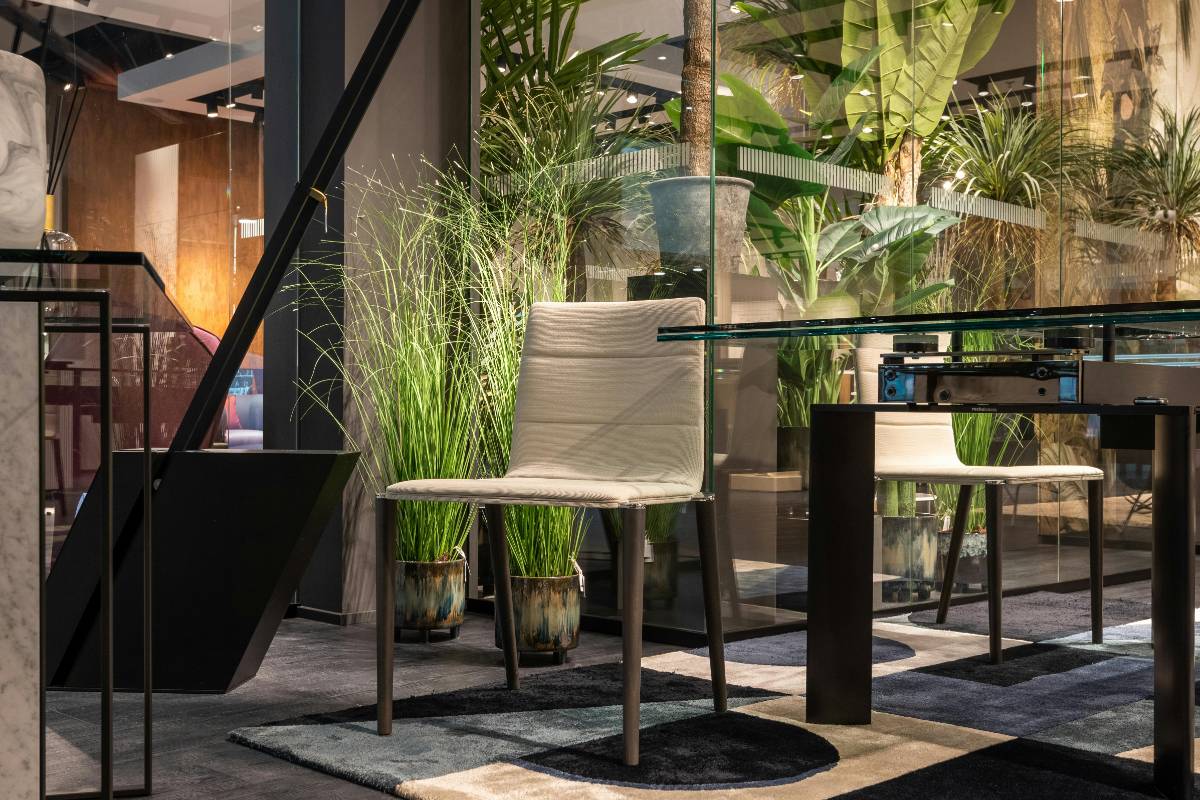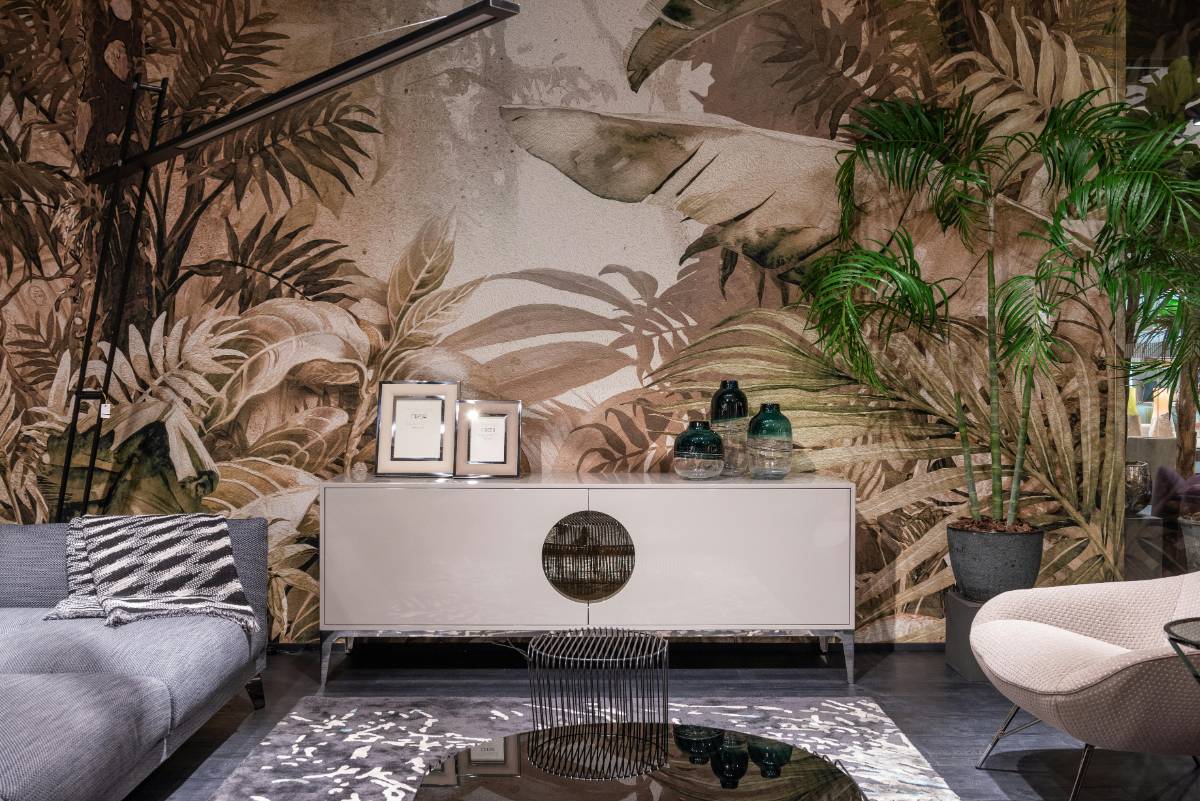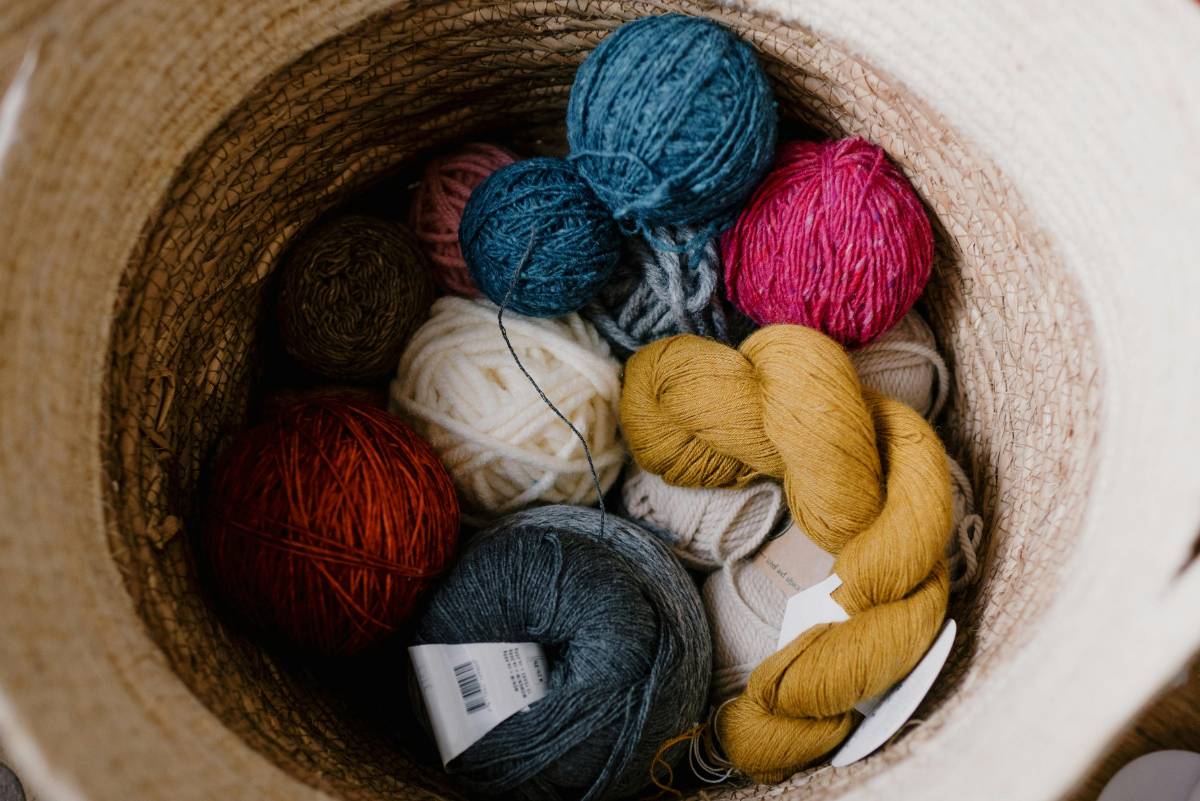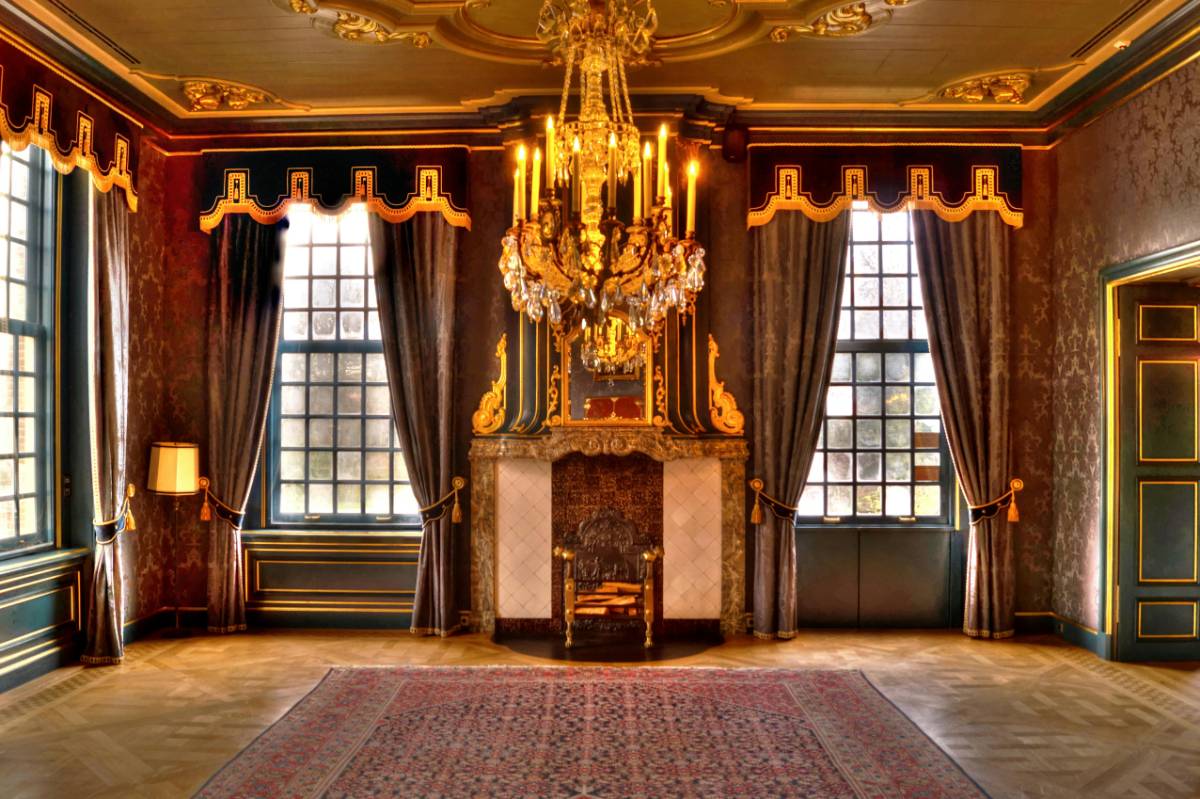
Sustainability Meets Elegance: Green Trends in Luxury Living
As the world becomes increasingly aware of environmental issues, the demand for sustainable living options has skyrocketed, even in the luxury real estate market. Gone are the days when luxury was synonymous with excess and waste. Today, the finest luxury homes are built with an emphasis on sustainability without sacrificing style or elegance. This merging of eco-conscious living with high-end design has led to a new wave of green trends in luxury living, redefining what it means to live luxuriously.
Eco-Friendly Materials: The Foundation of Sustainable Luxury
One of the most significant trends in luxury living is the use of eco-friendly, sustainable materials. These materials are not only good for the environment but also bring a sense of natural beauty and elegance to a home. Reclaimed wood, bamboo, cork, and stone are increasingly being used in luxury properties for their aesthetic appeal and minimal environmental impact.
Reclaimed wood, in particular, is becoming a favorite choice for high-end homes. Its rich history and unique texture add character to any space, making it a stylish and sustainable option for flooring, furniture, and accent walls. Similarly, bamboo is favored for its rapid growth cycle and its ability to be used in a variety of applications, from flooring to furniture to cabinetry.
Stone, especially locally sourced varieties, not only offers a timeless aesthetic but also minimizes the environmental impact of long-distance shipping. These materials are durable, long-lasting, and often add an organic, earthy feel to the design of luxury homes, blending seamlessly with the natural surroundings.
Energy Efficiency: Green Technology for the Modern Luxury Home
Energy efficiency is another crucial aspect of green luxury living. Homeowners today are more aware than ever of the need to reduce energy consumption and minimize their carbon footprint. Luxury homes are increasingly incorporating smart technologies that optimize energy use while maintaining comfort and convenience.
For instance, energy-efficient appliances, such as refrigerators, dishwashers, and washing machines, are standard in many high-end homes. These appliances not only help save energy but also reduce utility costs in the long run. Additionally, the integration of solar panels, geothermal heating systems, and wind turbines is becoming more common in luxury properties, allowing homeowners to generate their own renewable energy.
Smart home systems, which control everything from lighting to heating and cooling, allow for even greater efficiency. These systems learn the homeowner’s preferences and automatically adjust settings to conserve energy when the house is unoccupied or when certain conditions are met. With the growing popularity of electric vehicles, many luxury homes now feature charging stations, further promoting a sustainable lifestyle.
Sustainable Landscaping: Designing Green Spaces
Luxury living extends beyond the walls of the home and into the outdoor spaces as well. Sustainable landscaping practices are being adopted to create green, beautiful gardens that are in harmony with the environment. Native plants, drought-tolerant species, and organic gardening methods are commonly used to reduce water usage and the need for harmful pesticides and fertilizers.
Xeriscaping, a landscaping technique that uses minimal water and emphasizes low-maintenance plants, is gaining popularity in luxury homes, especially in arid climates. Green roofs and vertical gardens are also making their way into high-end homes, providing both aesthetic value and environmental benefits by improving air quality and reducing energy costs.
Incorporating outdoor living spaces, such as eco-friendly patios, decks made from recycled materials, and outdoor kitchens powered by solar energy, allows homeowners to enjoy the outdoors while being mindful of their environmental impact.
Water Conservation: High-End Eco-Friendly Fixtures
Water conservation is a significant focus in the design of luxury homes. While luxury is often associated with indulgence, homeowners are increasingly prioritizing efficiency and sustainability, even in the most lavish spaces. High-end bathrooms, for example, now feature water-saving fixtures, such as low-flow toilets, water-efficient showers, and faucets with aerators that reduce water usage without compromising performance.
In the kitchen, luxury homes are incorporating water-saving dishwashers, taps, and filtration systems to reduce waste. Some properties even include rainwater harvesting systems, which collect and store rainwater for use in irrigation or flushing toilets, further minimizing water consumption.
The integration of these sustainable water management systems not only benefits the environment but also helps reduce utility bills, making them an appealing addition to any luxury property.

Sustainable Luxury Design: Minimalism with Purpose
The trend toward minimalism in interior design has also contributed to the rise of sustainable luxury living. In many high-end homes, less is more—fewer but more meaningful design elements create an elegant, clean aesthetic. Luxury interiors are increasingly being designed with an emphasis on quality over quantity, with fewer pieces of furniture, fixtures, and decorations that are both beautiful and purposeful.
Sustainable design also focuses on creating spaces that are timeless and durable. This includes investing in high-quality materials and craftsmanship that will last for generations rather than cheap, mass-produced items that need to be replaced frequently. This approach not only reduces waste but also ensures that the home remains a beautiful and functional space for years to come.
Additionally, furniture makers and interior designers are turning to sustainable practices, using materials like organic cotton, wool, and hemp for upholstery and rugs. These materials are not only eco-friendly but also luxurious, adding texture and comfort to the home.
Green Certifications: Luxury with a Conscience
Luxury homeowners are increasingly seeking certifications that prove their homes meet the highest environmental standards. Green certifications such as LEED (Leadership in Energy and Environmental Design) and Passive House are now sought-after features in luxury homes, indicating that the property has been built with the utmost attention to sustainability and energy efficiency.
These certifications take into account various factors, including the use of eco-friendly materials, energy efficiency, water conservation, and indoor air quality. Properties with these certifications provide homeowners with peace of mind knowing that their home is not only beautiful but also contributing to the well-being of the planet.
Additionally, these certifications can add value to a property, as many buyers are increasingly prioritizing sustainable living when making purchasing decisions.
Conclusion
Sustainability and luxury living are no longer mutually exclusive. The rise of green trends in luxury real estate is redefining what it means to live in a high-end home. From eco-friendly materials and energy-efficient technologies to sustainable landscaping and water conservation, today's luxury homes are designed with both elegance and the environment in mind.
As homeowners become more conscious of their environmental impact, the demand for sustainable luxury properties will continue to grow. By combining sustainability with sophisticated design, luxury living can not only be a reflection of personal style and comfort but also a commitment to preserving the planet for future generations. In the world of luxury living, green trends are more than just a passing fad—they are a sign of the future.



